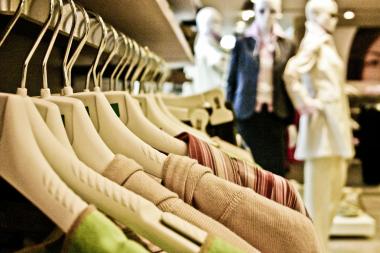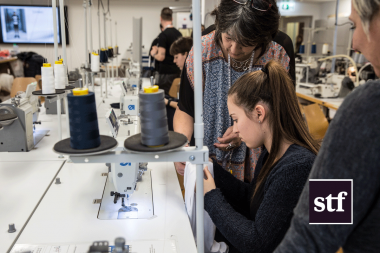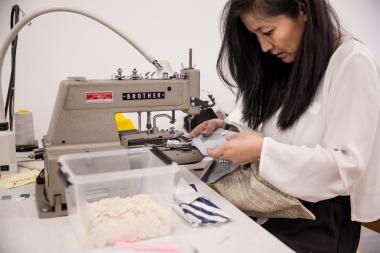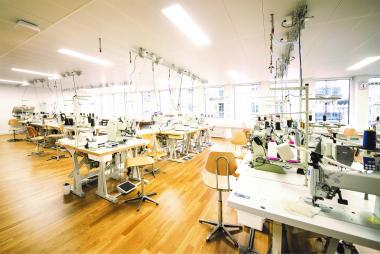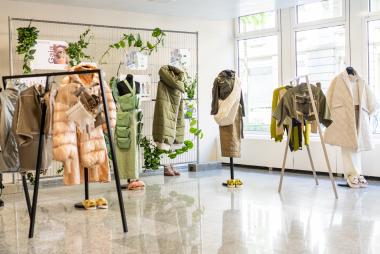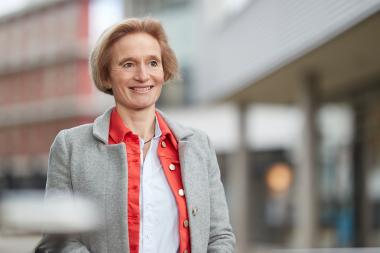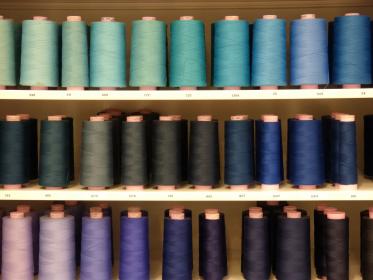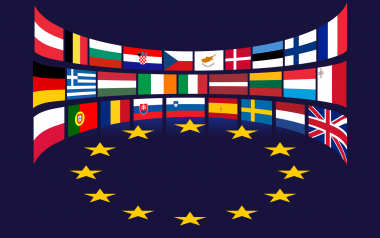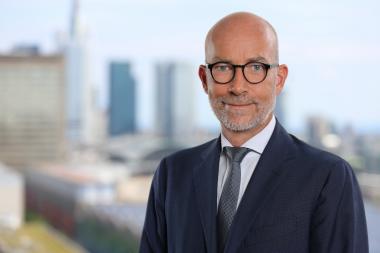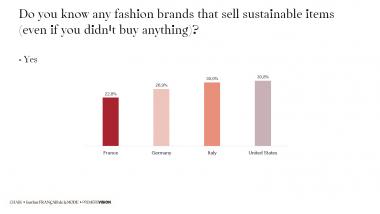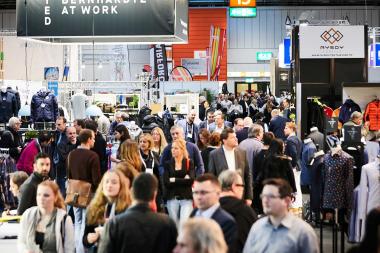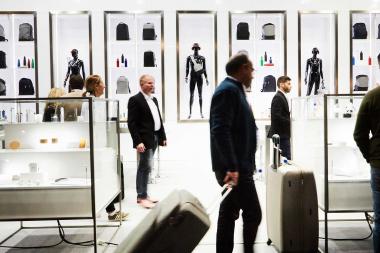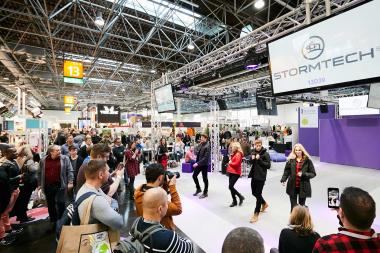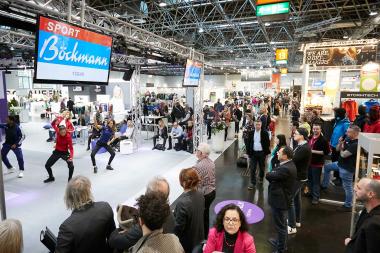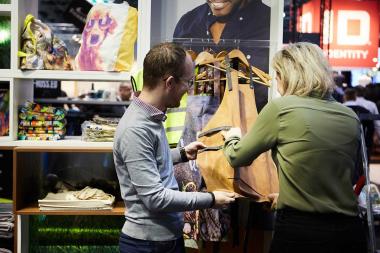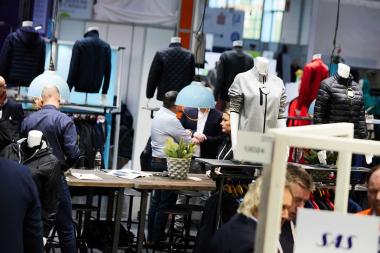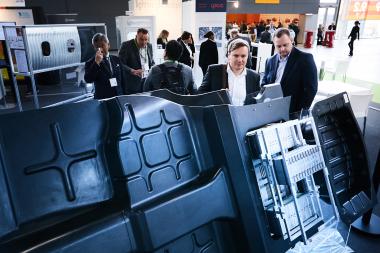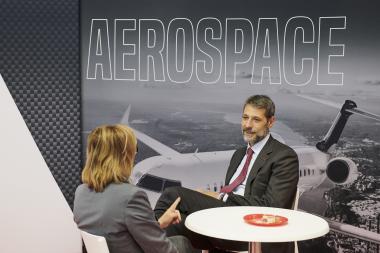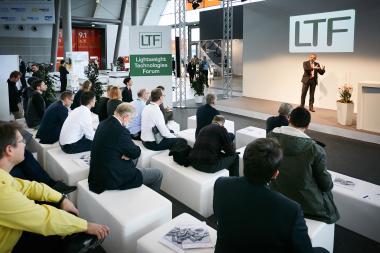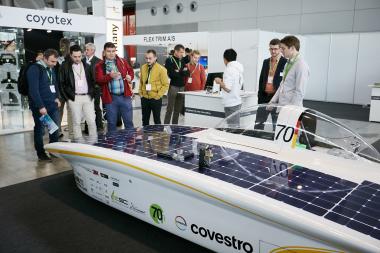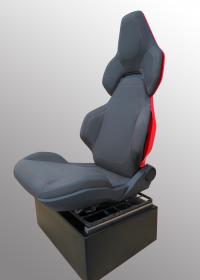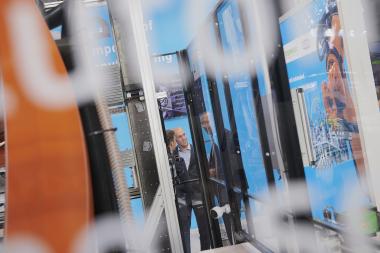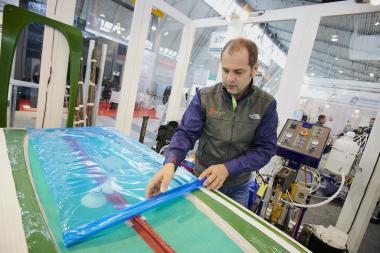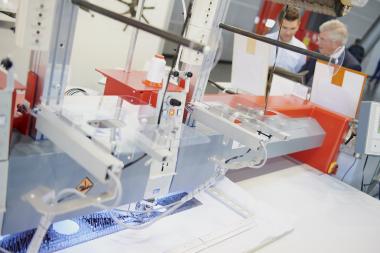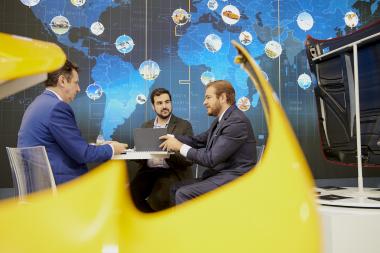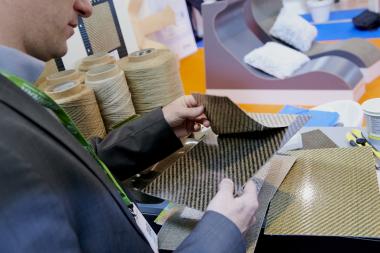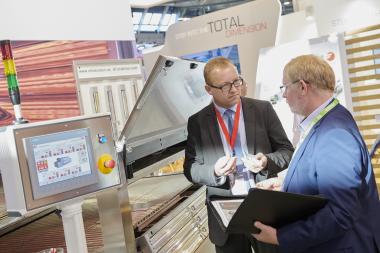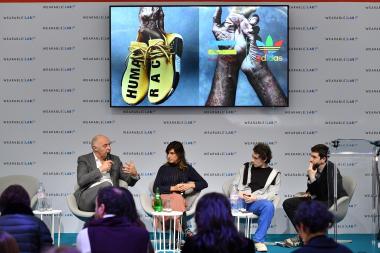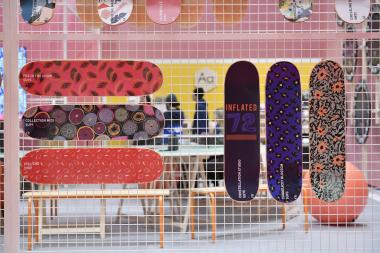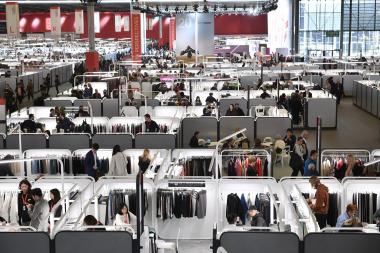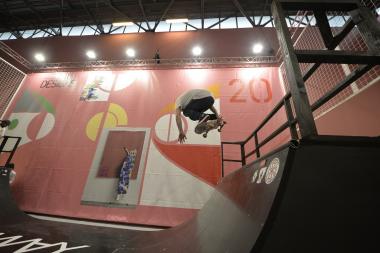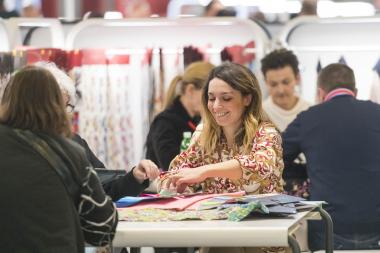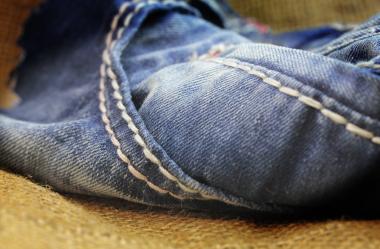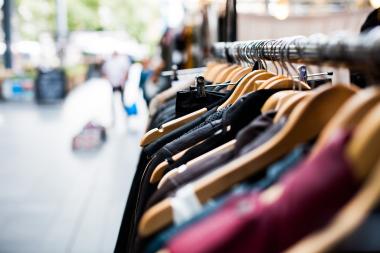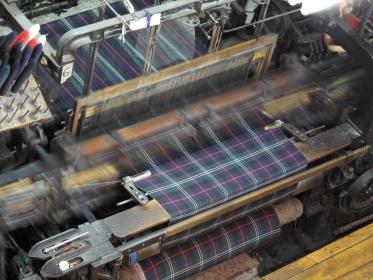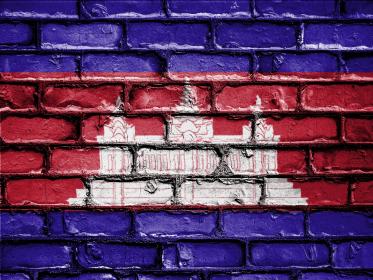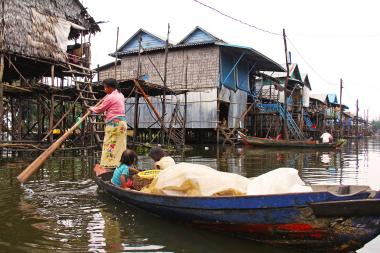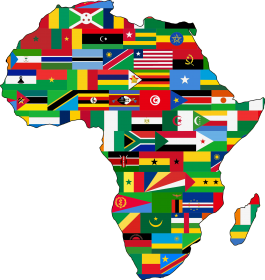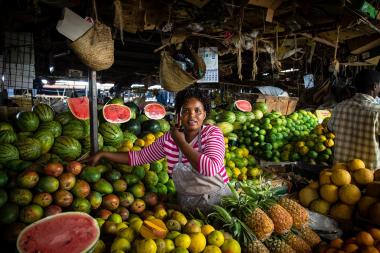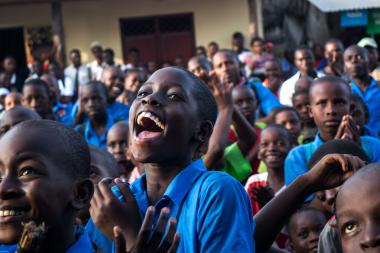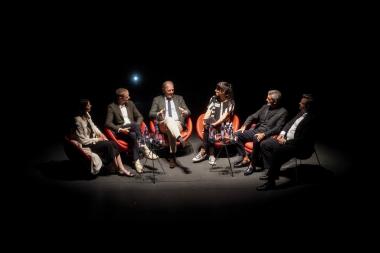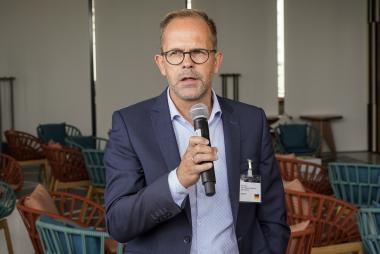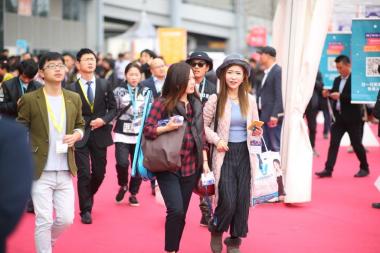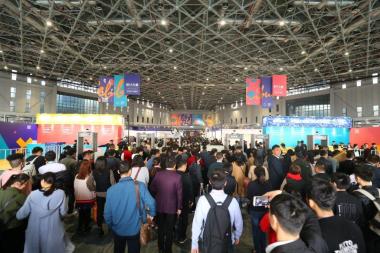KPMG Study in Cooperation with EHI: Fashion 2030
For years now, fashion retail has been able to show a moderate but steady growth in sales. However, the share of sales accounted for by online retail is becoming significantly stronger, and consequently that of stationary retail is becoming weaker. In just 10 years, online fashion retail will have a market share as high as that of local fashion stores, according to one of the findings of the study "Fashion 2030 - Seeing what fashion will be tomorrow" by KPMG in cooperation with EHI. "For retailers, the decline in sales in the stationary sector means that they have to reduce their stationary areas," says Marco Atzberger, Managing Director of EHI. A dilemma, because the majority of customers prefer to shop in their local fashion store, despite all the online alternatives.
Textiles, media and electrical goods are currently the categories most frequently purchased online. Consumers believe that online shopping in these categories will also be particularly attractive in the future, although there is also considerable interest in online purchasing of furniture, drugstore and hardware store products.
With sales of 16.5 billion euros, online fashion retail already accounts for 25 percent of total fashion sales, which were around 66 billion euros in 2020. The experts at KPMG and EHI predict that this share will double in the next ten years. The forecasted annual sales of 79.2 billion euros in 2030 are to be divided equally between online and stationary stores. In order to position itself correctly here, the textile trade is facing strategic changes in terms of sustainability and digitization in addition to reductions in retail space. Concepts such as circular economy (recycling) or re-commerce (second-hand) are just as much part of the customer's demands as a smooth (channel-independent) shopping experience or a targeted customer approach.
Online information sources are becoming increasingly important for customers. However, browsing in stores continues to be the main source of information when shopping. One exception, however, is electrical goods - the independent opinion of reviews is the most important source of information here.
Reductions in retail space
As the market share of online fashion retail is becoming increasingly stronger than that of the overall fashion market, there will be a scissor effect for the stationary clothing retail – unless decisive parameters such as store rents change. Permanently reducing the share of fixed costs in the stationary sector can lead to a harmonization of both sales channels and prevent massive cannibalization effects, according to the authors of the study. The reduction in retail space will have the most severe impact on department stores and multi-story formats. Interviews with retail experts show that the retail expects a reduction in space of around 50 percent by 2030 and anticipates shrinkages of up to 70 percent at peak times. However, the current crisis also offers fashion retailers a greater choice of appealing rental spaces and therefore the opportunity to position themselves for the future by strategically streamlining their own store networks, adapting their space and differentiating their concepts to suit their target customers - in combination with smart digital solutions.
Multi-channel approaches are continuing to grow. On the one hand, stationary retailers will increasingly enter the online market; on the other hand, it can be observed that the opening of their own local stores by previously online-only retailers is on the rise.
Shopping experience
For a successful shopping experience, the city centers must be vibrant as well as attractive and should offer entertainment. All of this requires cooperation between all of the local players involved and collaboration with conceptually oriented urban development. To increase the individual customer loyalty and build real trust, fashion retailers must invest more in emotionality and use IT solutions. Whether in-store or online, customers want a targeted and smooth shopping experience, which for retailers means cleverly linking the systems. Availability and finding clothes in the right size also play a significant role in the stationary fashion retail. 42 percent of customers say that they would shop more often in stores, if these factors were guaranteed.
Already today, a concrete shortage of qualified personnel can be observed in certain regions and areas of responsibility. This is likely to become even more severe in the future. The retail’s own qualification measures will increase, and the industry's image will have to be improved.
Despite all technological support, the human being remains the most important factor in retailing - 88 percent agree on this. For 60 percent of consumers, encounters with people in a retail store are becoming increasingly important.
Sustainability
For almost half of the consumers surveyed (46 percent), sustainability is already a worthwhile concept today. This also includes re-commerce and second-hand. 34 percent of customers already buy used clothing, and another 28 percent can imagine doing so. In terms of occasions, a large proportion can also imagine renting clothing. The second-hand clothing trend has the potential to claim a market share of up to 20 percent in the next ten years and therefore to become a significant market segment in fashion retail.
In addition to the sustainability debate, the main factors driving this trend are the digitalization of the "second-hand store around the corner" and the large online fashion platforms that are discovering this market for themselves and making consumers increasingly aware of the models of temporary use.
Laws and regulations as well as increasing pressure from stakeholders have contributed to the growing importance of sustainability. However, the consumer goods sector attaches greater importance than other sectors to the aspect of being able to achieve a reputational gain through a sustainability strategy.
When it comes to the circular economy or rather the recycling of raw materials from used clothing, many companies are already involved in non-profit initiatives and research projects to develop the relevant technologies. In 2030, also due to legal initiatives, many clothing items will probably be made from recycled textile raw materials or fibers, which would substantially shorten the supply chains. "Automated fiber recovery, increasing unit labor costs in the Far East and fewer used textiles, this is the starting point for a perspective revival of textile production in countries close to Europe as well as in Europe itself," says Stephan Fetsch, Head of Retail EMA at KPMG. Although circular economy does not yet play a major role due to the current limited availability, it shows great potential: 28 percent have already purchased recycled textiles, and over 50 percent are positive about it.
Customers believe that retailers and manufacturers are responsible for sustainability. They, on the other hand, would like consumers to initiate the upswing of re-commerce by changing their behavior. New compliance guidelines will have an accelerating effect on the development of the re-commerce market.
KPMG Textile and clothing industry Clothing industry Online retail Stationary retail digital Sustainability
(Studies; KPMG/EHI or rather KPMG):
- Fashion 2030: Sehen, was morgen Mode ist (Seeing what fashion will be tomorrow - only available in German)
- CONSUMER MARKETS: Trends in Handel 2020 (Trends in Retail 2020 - only available in German)




